Ceiling_Tyl
Seed
- Messages
- 2
- Reaction score
- 3
Hi All,
I'm looking for some advice on treating needle cast on my mugo. I noticed the needles turning yellow last month and after keeping an eye on it, determined the cause was needle cast. Worried about losing my back-buds, I went in with forceps and removed or trimmed any infected needles before spraying with Daconil. I followed up with Daconil several days later, and have sprayed it once a week since (5-6 times total). But I'm still losing needles. Buds will grow back but I worry about losing some of my lower branches. What else can I do to help this poor tree?
Initial infection before treatment:
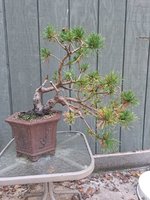
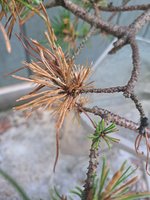
____________________________________________________________________________________
After pruning:
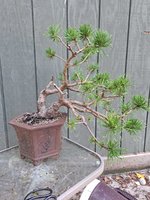
________________________________________________________________________________
Photo from yesterday: (a bit hard to tell, but needle cast is still there affecting the foliage)
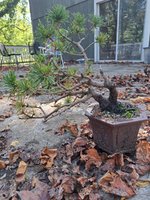
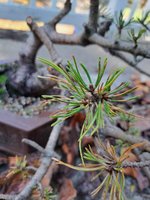
I live in Southern Ohio. I reference Vance Wood's instructions for pine care and adjust to my weather/soil mix. I have another mugo of similar age that is absolutely thriving.
I'm looking for some advice on treating needle cast on my mugo. I noticed the needles turning yellow last month and after keeping an eye on it, determined the cause was needle cast. Worried about losing my back-buds, I went in with forceps and removed or trimmed any infected needles before spraying with Daconil. I followed up with Daconil several days later, and have sprayed it once a week since (5-6 times total). But I'm still losing needles. Buds will grow back but I worry about losing some of my lower branches. What else can I do to help this poor tree?
Initial infection before treatment:


____________________________________________________________________________________
After pruning:

________________________________________________________________________________
Photo from yesterday: (a bit hard to tell, but needle cast is still there affecting the foliage)


I live in Southern Ohio. I reference Vance Wood's instructions for pine care and adjust to my weather/soil mix. I have another mugo of similar age that is absolutely thriving.
